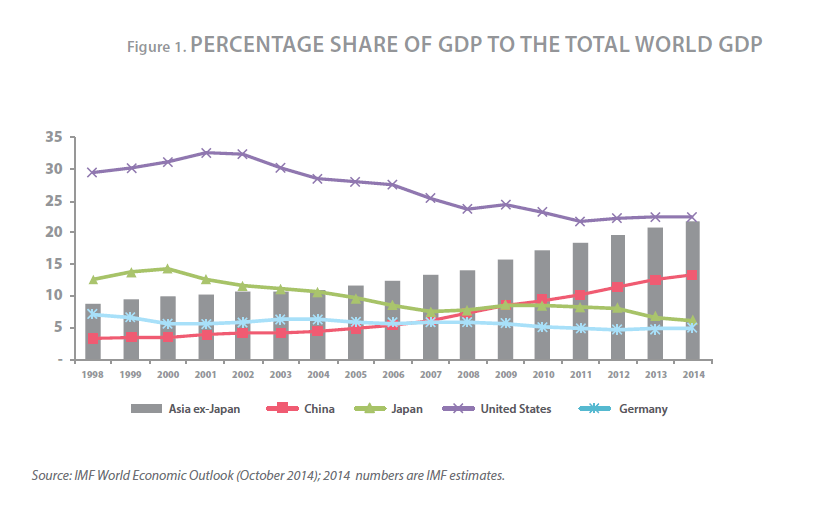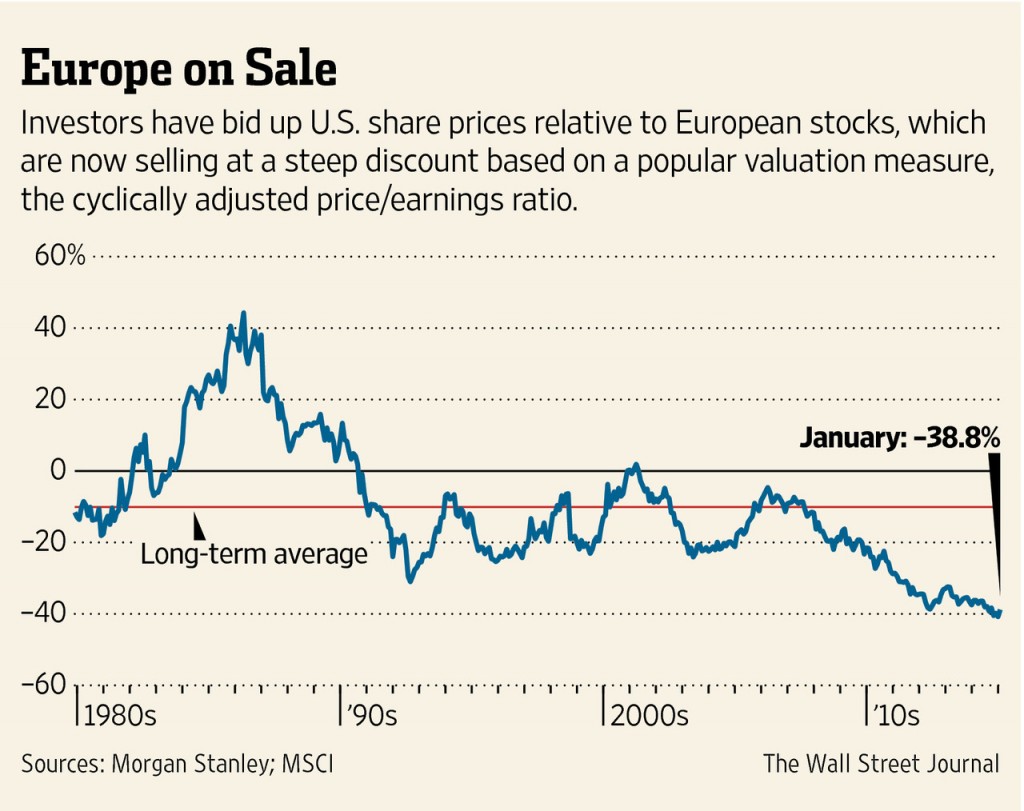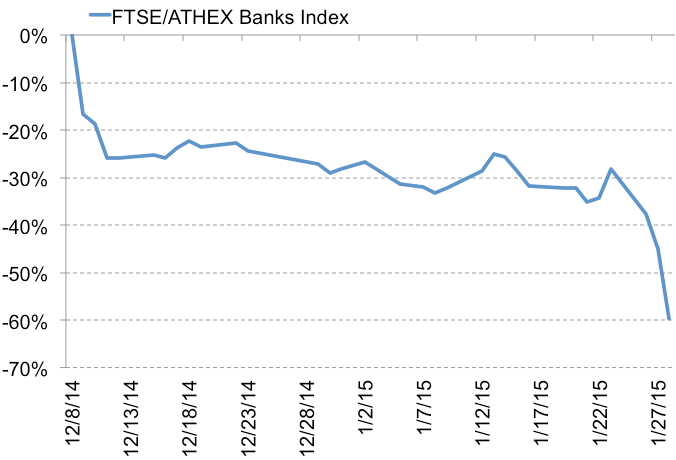Asian economies continue to grow outpacing the economic growth of developed world making a compelling case for investing in Asia, according to a report by Nikko Asset Management. Asian countries excluding Japan have more than doubled their GDP as a percentage of the world total GDP from 9% in 1998 to more than 20% in 2013. China has been a major contributor to this tremendous growth. To put another way, these countries have enjoyed strong economic growth since the Asian Financial Crisis of the late 90s.
Click to enlarge
Source: The Asian Credit Market, Nikko Asset Management
While Asian economies grew, the U.S. economy’s share of the world GDP has continued to decline.
Five Asian growth stocks are listed below with their current dividend yields:
1.Company: HDFC Bank Ltd (HDB)
Current Dividend Yield: 0.60%
Sector: Banking
Country: India
2.Company: ICICI Bank Ltd(IBN)
Current Dividend Yield: 1.27%
Sector: Banking
Country: India
3.Company:Philippine Long Distance Telephone Co (PHI)
Current Dividend Yield: 4.38%
Sector: Telecom
Country: Philippines
4.Company:PT Telekomunikasi Indonesia Tbk (TLK)
Current Dividend Yield: 3.16%
Sector: Telecom
Country:Indonesia
5.Company:Taiwan Semiconductor Manufacturing Co Ltd (TSM)
Current Dividend Yield: 2.20%
Sector: Semiconductors & Semiconductor Equipment
Country:Taiwan
Note: Dividend yields noted above are as of Feb 2, 2015. Data is known to be accurate from sources used.Please use your own due diligence before making any investment decisions.
Disclosure: No Positions



